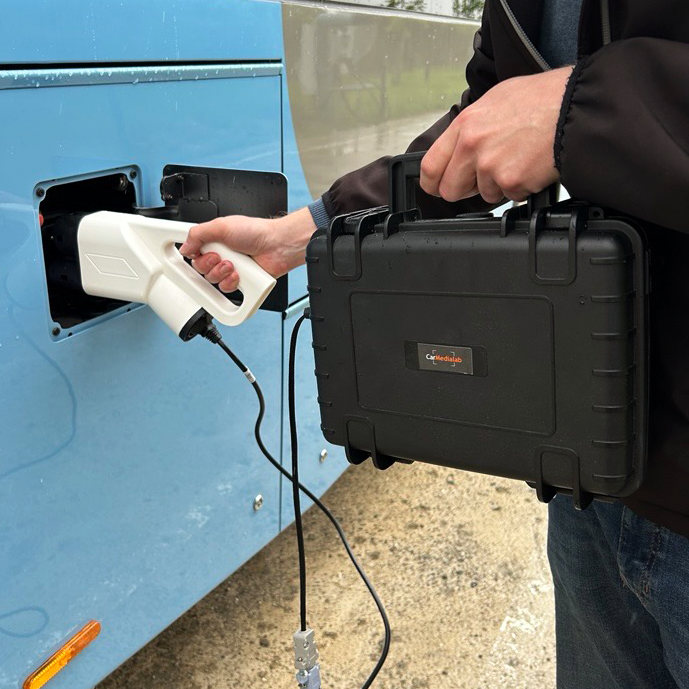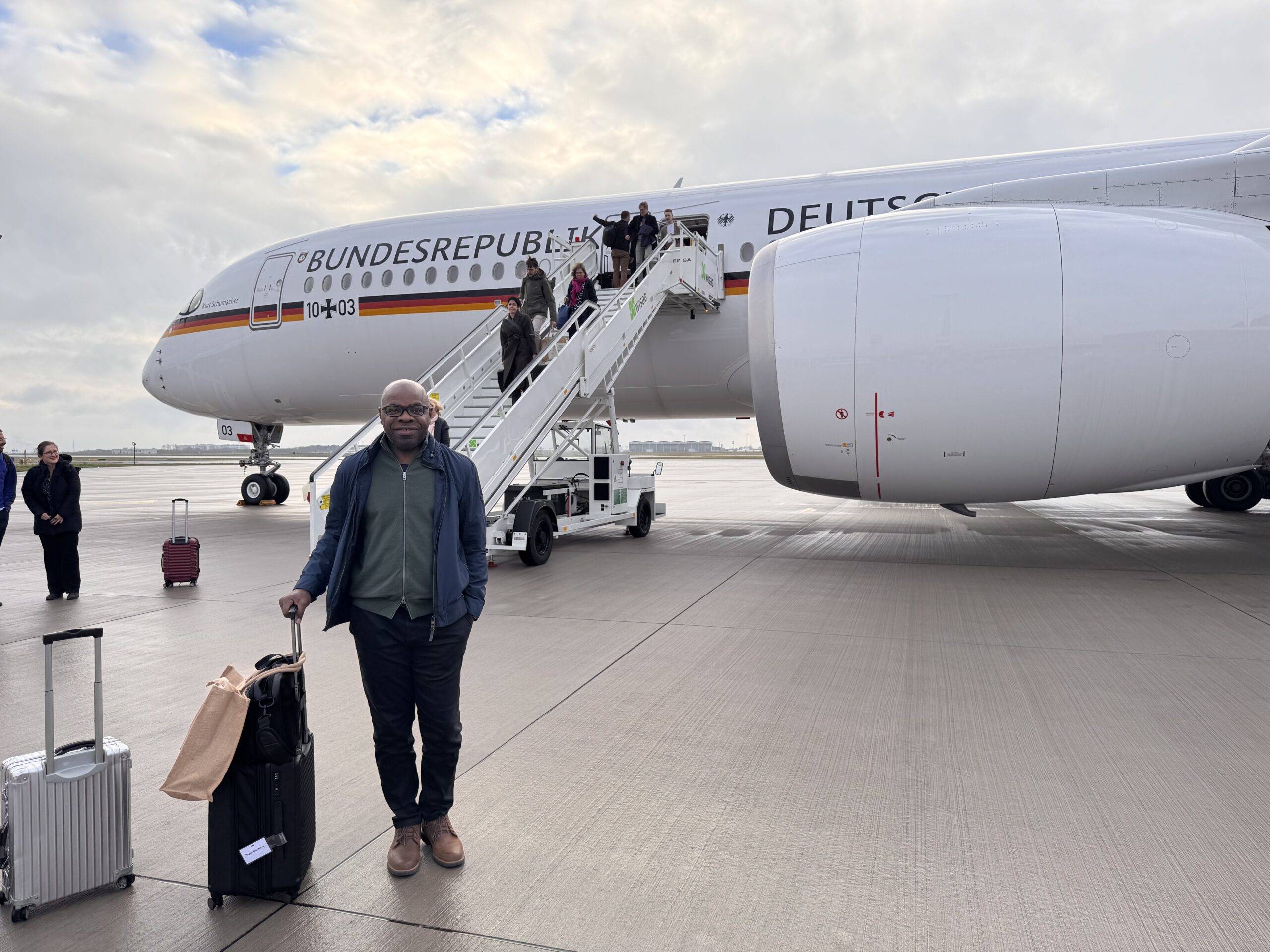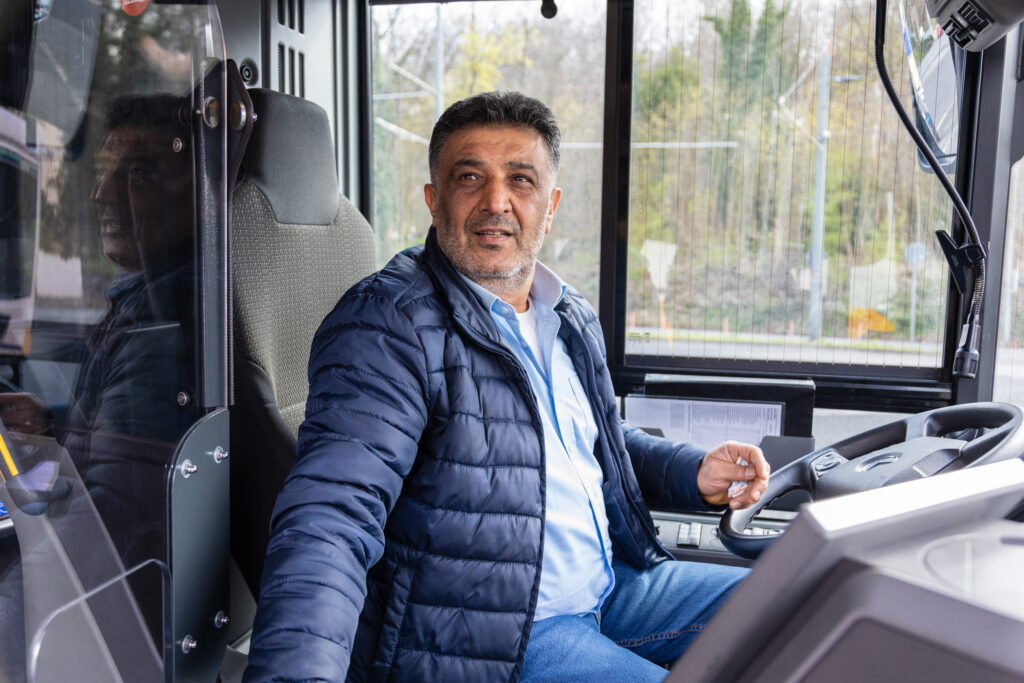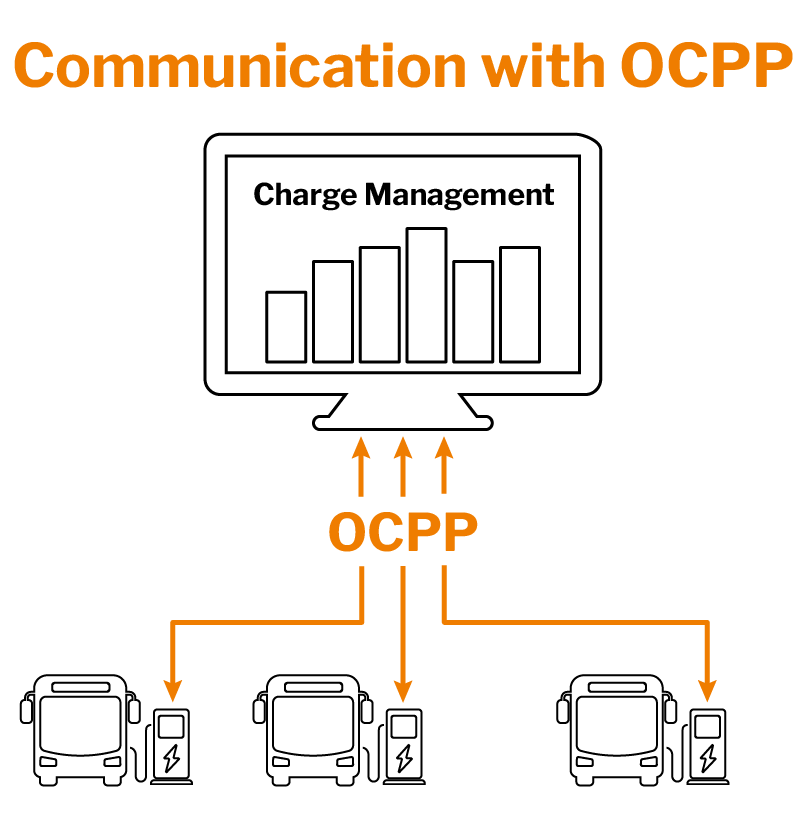Intelligent Energy Distribution Between Metro and E-Bus Fleet in Barcelona
How can over 100 charging points, three charging infrastructure vendors, multiple bus types, and an existing energy system be coordinated efficiently in a major city like Barcelona? The answer is a tailored, data-driven charging strategy implemented using MOBILEcharge by CarMedialab.
In a large-scale project with Transports Metropolitans de Barcelona (TMB), MOBILEcharge was deployed as the central charge management system across three bus depots – Triángulo, Zona Franca, and Horta. The system integrated more than 100 charging points from several providers, including Ekoenergetyka, Power Electronics, and Jema, as well as buses from BYD, Solaris, and Irizar.
Sharing Energy, Not Wasting It: A Unique Use Case
One of the project’s most innovative aspects lies in TMB’s unique energy setup. The same electricity that powers the Barcelona Metro during the day becomes available at night, once Metro operations shut down around midnight. MOBILEcharge was configured to take full advantage of this opportunity by shifting as many charging operations as possible into the overnight hours.
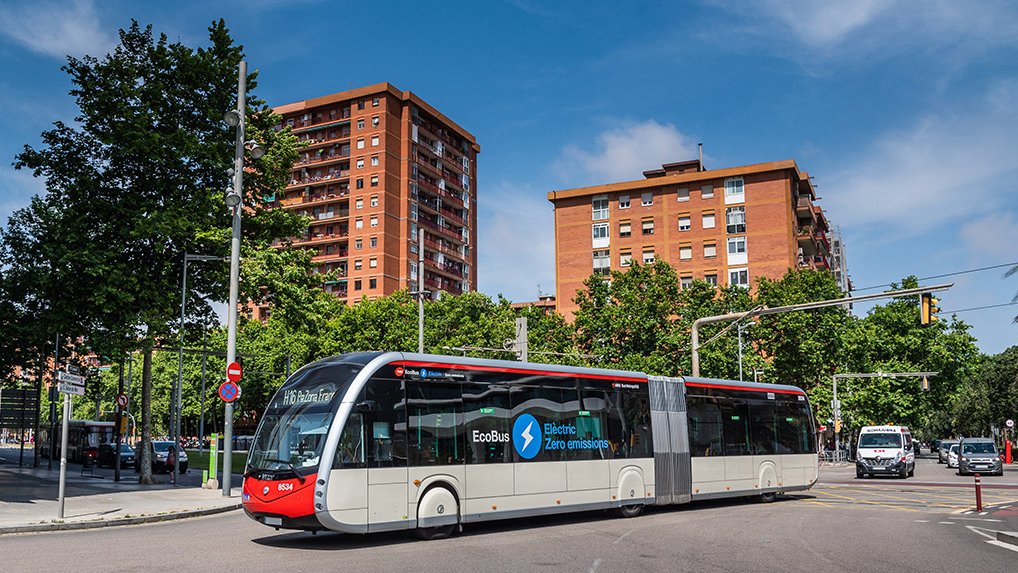
Smart Charge Management for Maximum Efficiency
The core challenge was to schedule charging times so that all vehicles are fully charged and preconditioned by early morning, while avoiding peak loads and respecting the metro grid’s power constraints.
MOBILEcharge managed the entire load curve to:
- relieve the power grid (peak shaving),
- make optimal use of available nighttime capacity,
- comply with transformer capacity limits,
- and ensure operational readiness across all bus lines.
A Showcase of Connected Urban Mobility
This project with TMB demonstrates how intelligent charge management can significantly improve energy efficiency, reduce operational costs, and support the decarbonization of public transport – even under complex, real-world conditions.

“With MOBILEcharge, we were able to intelligently manage the charging processes, make targeted use of the available metro power, and ensure reliable, on-time bus operation.”
Ari Rizian, Project Manager at CarMedialab
Project Snapshot
- over 100 charging points
- active at three depots in Barcelona
- three charging infrastructure vendors: Ekoenergetyka, Power Electronics, and Jema
- three bus manufacturers: BYD, Solaris,and Irizar
- optimized night charging using metro shutdown power
- peak shaving and smart load distribution with MOBILEcharge
Contact
For questions or more information about the project or how to integrate MOBILEcharge into your operations, feel free to contact us at: info@carmedialab.com.


